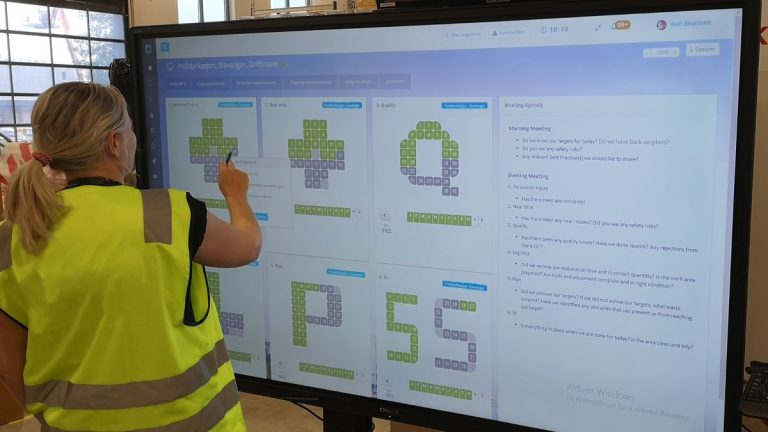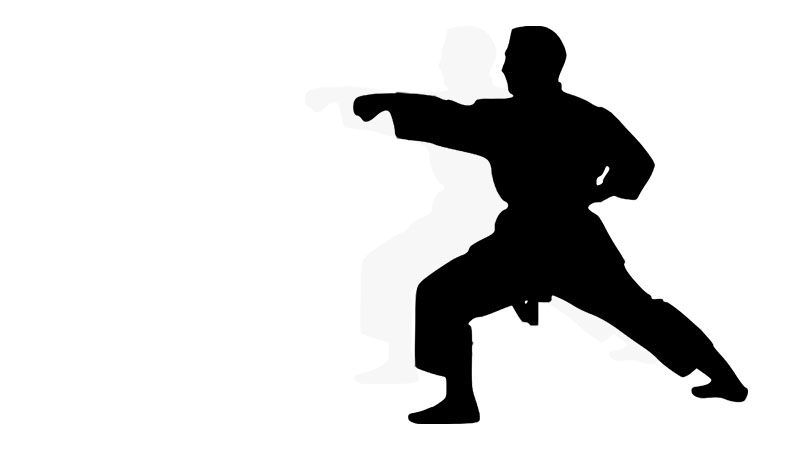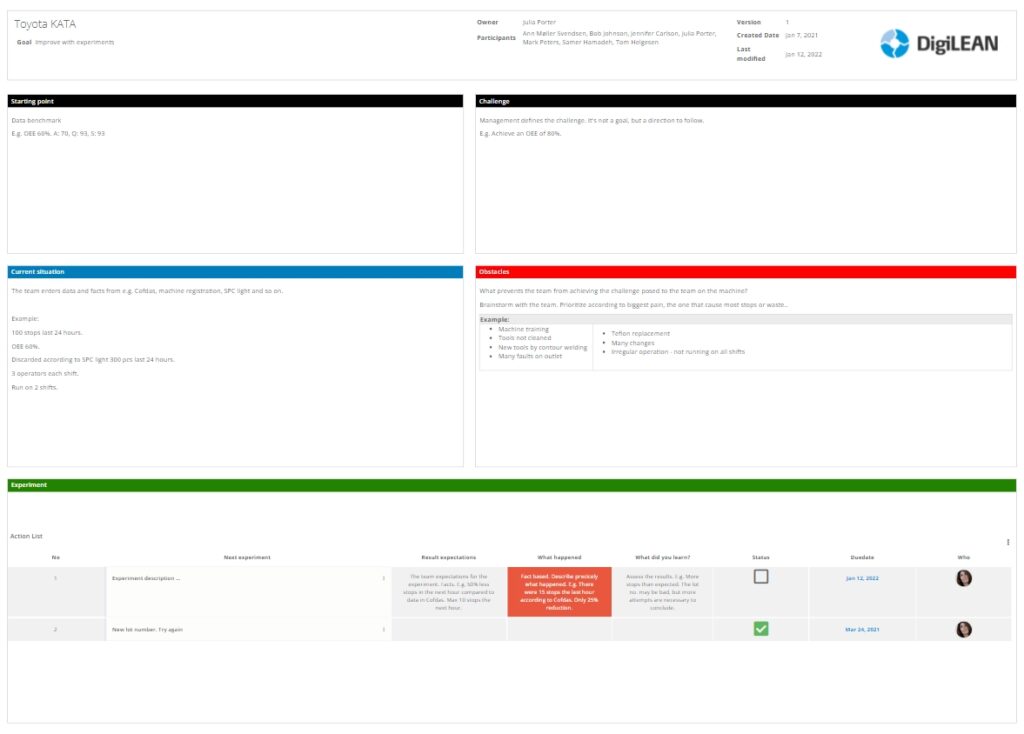- Product
Interactive boards. Fully customizable.
Capture, prioritize and follow up improvements.
Report and manage incidents. Visualize reports and statistics.
Operationalize your strategies and integrate your whole organization.
Access your tools in Microsoft Teams.
Customized templates. Problem solving, business development etc.
Manage project individually or in portfolios with visual and interactive tools.
Create and share best practices, one-point-lectures and standards.
Easy access to tasks, improvements and incidents.
Integrate DigiLEAN with your existing IT systems.
Meeting the demand of larger organizations.
High security level by default.
In less than 4 min
- Use Cases

Interactive tools for both shop floor and administration.
Visual project management.
Maintain standards. Manage incidents and discrepancies.
Manage tasks, integrate with problem-solving and continuous improvement.
Lean daily management tailored for healthcare.
Team task management, problem-solving and visualization.Case management, improvements, problem-solving, and strategy alignment.We have a LEAN solution for you too. Just ask!
We meet the demand of larger organizations.
- Pricing
- Shop Floor
- Product
Interactive boards. Fully customizable.
Capture, prioritize and follow up improvements.
Report and manage incidents. Visualize reports and statistics.
Operationalize your strategies and integrate your whole organization.
Access your tools in Microsoft Teams.
Customized templates. Problem solving, business development etc.
Manage project individually or in portfolios with visual and interactive tools.
Create and share best practices, one-point-lectures and standards.
Easy access to tasks, improvements and incidents.
Integrate DigiLEAN with your existing IT systems.
Meeting the demand of larger organizations.
High security level by default.
In less than 4 min
- Use Cases

Interactive tools for both shop floor and administration.
Visual project management.
Maintain standards. Manage incidents and discrepancies.
Manage tasks, integrate with problem-solving and continuous improvement.
Lean daily management tailored for healthcare.
Team task management, problem-solving and visualization.Case management, improvements, problem-solving, and strategy alignment.We have a LEAN solution for you too. Just ask!
We meet the demand of larger organizations.
- Pricing
- Shop Floor
What is Toyota Kata?
Kata Definition
Kata is yet another Japanese history. It translates to “mold” (型) or “shape” (形) and is used as a training method in martial arts where they practice and perfect routines and movements. The idea is to internalize behavior so they can be used and adapted for different purposes with less effort.

The Toyota Production System
Toyota is the other part of Toyota Kata. Again, we turn to Japan and Toyota car manufacturer. They developed a production system based on the philosophy of achieving the complete elimination of all waste in pursuit of the most effective methods. This is referred to as Lean Manufacturing System and Just-in-Time production.
The Toyota Kata
Just like the Kata is used in martial arts, Toyota developed this approach to build and strengthen the organization’s problem-solving capabilities. Toyota Kata is not a problem-solving tool, but it’s a methodology to become a learning organization.
The Toyota Kata helps the organization to become more agile, innovative and to solve problems. It works with the mindset to increase the speed of learning.
Toyota Kata is divided in two main categories: Improvement Kata and Coaching Kata.
Improvement Kata
The Improvement Kata is for individuals to move from the current state to the desired condition. This is done by using the four Improvement Kata steps:
- Understand direction of change: To know where you are heading, you must set the direction. Define your vision to help keep an eye on your bearings.
- Grasp the current situation: You cannot develop a route or solutions without knowing where you are. Looking at a map, you are going from point A to point B. Fully understanding your current situation is point A.
- Establish next target condition: Based on the current situation and the direction of change, you define your next target condition. This is one step in the direction of your vision.
- Experiment towards target condition: Define actions you believe will lead you to the target condition. A dynamic action list is very helpful where you can describe your hypothesis and expected outcome. After a certain time, you will evaluate if the change gave the necessary results, or if you need to adapt and try again. This is an iterative process using PDCA on these experiments.
Coaching Kata
This is the ongoing process between the person performing Improvement Kata and his coach. Both operators, supervisors and managers can use Coaching Kata with their respective coaches.
The purpose with coaching kata is to build and strengthen the employees’ capabilities to solve problems and make improvements. Remember, giving answers straight forward does not built the employees capabilities. Reflection and individual practice do.
It’s a regular exercise for the mind, practicing Kata. The employee and the coach do a weekly one-to-one session of approximately 20 minutes where they reflect on the five following questions:
- What is the target condition?
- What is the current condition?
- Any problems? What is being done?
- What is the next step (PDCA)?
- When can we see what has been learned?
Benefits of Toyota Kata
- Develop skills
- Strengthen Lean culture
- Built problem solving capabilities
- Practice continuous improvement mindset
- Create innovation and organizational development
Using this methodology helps establish and strengthen lean thinking, innovation culture and adds problem solving capabilities to your organization.
A3 is a good tools for your Kata process
A3s, with templates for both Improvement Kata and Coaching Kata is a suitable formatted tool to help you document and structure the kata process.

Book a live demo to see it in "real" life.
© 2025 DigiLEAN AS
